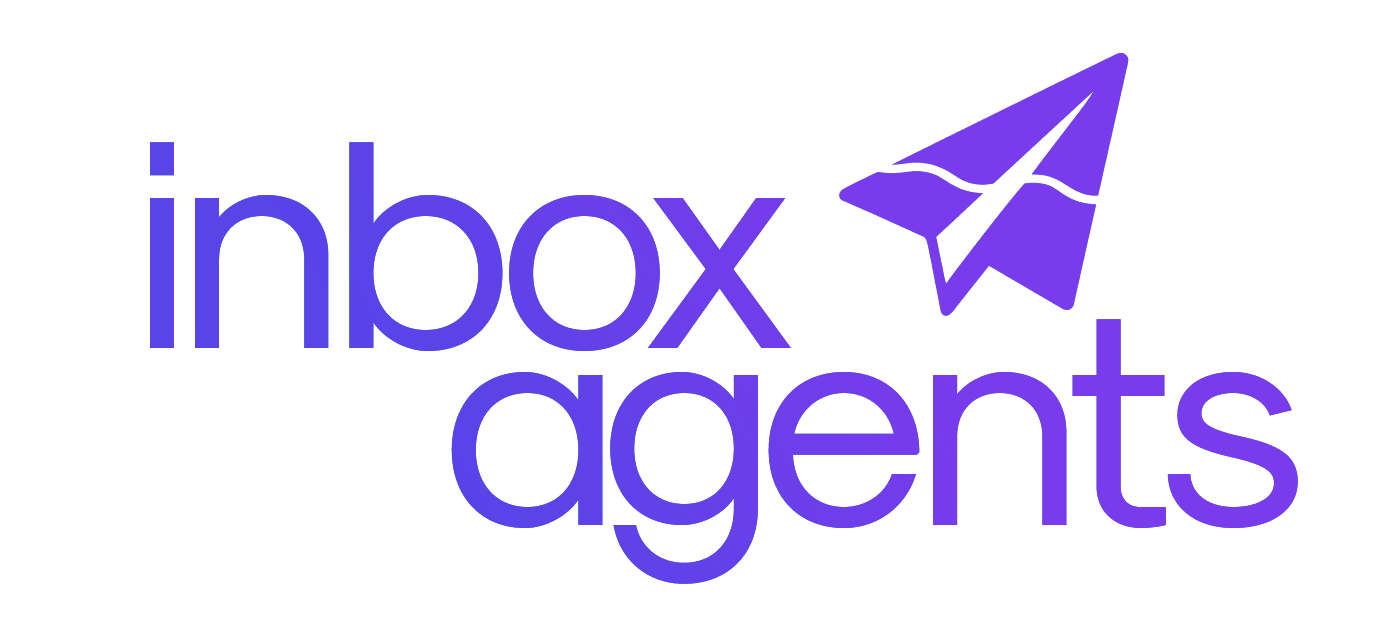
Common Questions About Unified Messaging
Unified messaging combines all your communication tools - email, SMS, voicemail, team chats, and more - into one platform. This saves time, improves productivity, and ensures smoother communication for businesses. Here’s why it matters:
- Save Time: Employees can save over 5 hours per week by avoiding app-switching.
- Boost Productivity: Teams report a 52% efficiency increase after implementation.
- Enhance Customer Service: Unified messaging prevents 58% of customers from leaving due to poor service.
- AI Features: Automation, real-time translation, and sentiment analysis streamline workflows.
Key Benefits:
- Access all messages in one place.
- Automate routine tasks with AI.
- Improve team collaboration and customer response times.
Unified messaging is essential for businesses looking to simplify communication, especially in hybrid work environments. Ready to learn more? Let’s dive in.
Core Functions of Unified Messaging
Platform Connections
Unified messaging brings together email, SMS, voicemail, social media, team chat, and video conferencing into one streamlined interface. This eliminates the hassle of juggling multiple apps and consolidates back-end systems into a single message store.
Here’s how various communication channels integrate into a unified messaging system:
| Communication Channel | Integration Features |
|---|---|
| Keeps conversations organized, supports attachments, and enables easy forwarding | |
| SMS/Text | Syncs with mobile devices and supports automated replies |
| Voicemail | Converts voice messages to text and allows message playback |
| Social Media | Manages direct messages and tracks responses |
| Team Chat | Offers real-time messaging and file sharing |
| Video Conferencing | Simplifies meeting scheduling and provides access to recordings |
For example, Hertz combined WhatsApp, Messenger, and Facebook to handle hundreds of daily customer inquiries efficiently. Similarly, Estée Lauder shifted 70% of its customer interactions to digital messaging, managing tasks like inquiries, returns, and order updates through a single inbox.
This consolidation doesn’t just simplify communication - it also becomes more effective with AI integration.
AI Capabilities
Artificial intelligence takes unified messaging to the next level by automating tasks and improving communication efficiency. In fact, 65% of organizations aim to increase their investment in AI for unified communications by 2024.
Here’s how AI boosts unified messaging:
| AI Function | Business Impact |
|---|---|
| Smart Routing | Automatically sends messages to the right teams or departments |
| Real-time Translation | Breaks down language barriers for global communication |
| Sentiment Analysis | Flags urgent or high-priority messages based on tone |
| Content Summarization | Creates concise overviews of lengthy messages |
| Automated Responses | Handles routine questions without human involvement |
Take Holmes Place fitness clubs as an example: they now manage 35% of member inquiries automatically through their centralized WhatsApp number. AI-powered systems are not just about convenience - they can save businesses up to $30 per customer interaction while cutting customer wait times in half. These tools don’t just speed up responses - they also enhance overall productivity and customer satisfaction.
Main Advantages of Unified Messaging
Time and Productivity Gains
Unified messaging can save up to 5.7 hours daily by consolidating fragmented communication channels into one streamlined system. By unifying these channels, businesses experience noticeable boosts in efficiency.
| Productivity Metric | Before Unified Messaging | After Implementation |
|---|---|---|
| Team Efficiency | Baseline | Increased by 20% |
| Decision-Making Speed | Standard | 2.6x faster |
| Workplace Productivity | Baseline | 52% improvement |
For example, a major financial services company reported a 30% reduction in response times after adopting unified messaging, which led to smoother workflows across departments. These improvements not only save time but also encourage better collaboration among teams.
Team Communication Results
Effective communication is vital, especially for remote teams, with 80% of remote employees identifying it as critical for success. Unified messaging platforms address this need by providing a seamless experience across different devices and locations. This consistency simplifies coordination and fosters stronger teamwork.
Better Client Response Times
Unified messaging doesn’t just enhance internal operations - it also transforms customer interactions. Long service times frustrate 82% of customers, while 76% dislike having to repeat themselves when switching communication channels. By integrating unified messaging, businesses can address these pain points effectively.
Take Alaska Airlines as an example: they boosted service productivity by 15% after adopting a unified messaging system. This change also reduced operational costs and improved real-time collaboration between departments during customer interactions.
Another significant benefit is the consolidation of customer communications. Unified messaging organizes messages from the same customer into a single thread, reducing redundancy and ensuring continuity. Support teams gain access to the complete history of customer interactions across all channels, enabling faster and more personalized responses.
Selecting a Unified Messaging System
Must-Have System Features
When choosing a unified messaging system, focus on tools that enhance efficiency and teamwork. With 74% of new licenses expected to be cloud-based by 2024, it's clear the future of communication is heading in this direction.
Here are some key features to look for:
| Feature Category | Critical Components | Industry Adoption |
|---|---|---|
| Video Capabilities | High-quality audio/video, screen sharing | 82% of companies |
| Mobile Access | UC mobile client, cross-device sync | 75% of organizations |
| Integration Options | CRM systems, business tools | 42% global deployment |
| Security | Zero-trust architecture, compliance tools | Required by all sectors |
"At the end of the day, if the audio and video don't work, everything else is meaningless." – Irwin Lazar, President and principal analyst at Metrigy
These features are essential for creating platforms that simplify business operations and improve collaboration, like Inbox Agents.
Inbox Agents Platform Benefits

Inbox Agents stands out by offering a unified interface packed with powerful features:
- AI-Powered Efficiency: Automates tasks like summaries and smart replies to save time.
- Cross-Platform Integration: Easily connects with tools such as Salesforce, Jira, and Asana.
- Real-Time Analysis: Monitors communication patterns to provide actionable insights.
The benefits of unified messaging systems are evident in real-world examples. Take Cisco Meraki's sales support team: with just 16 members supporting over 600 sales representatives, they achieved an impressive 15-minute response time after adopting a unified inbox solution.
Talon Air also saw dramatic improvements. According to Matt Zodda, their Director of Client Assurance, "Team members would step on each other's toes when they were in the same room working the same inbox. Sometimes, they'd end up sending clients double replies." After switching to a unified system, they saved over 20,000 hours annually thanks to automated responses and streamlined workflows.
The next step? Explore how you can implement unified messaging to maximize efficiency and collaboration.
sbb-itb-fd3217b
Unified Communications: The Fit Small Business Guide
Next Steps with Unified Messaging
Diving into unified messaging can lead to a notable 52% boost in workplace productivity. But to make it work seamlessly, you’ll need a clear plan. Here's how to get started:
Assessment and Planning
Begin by mapping out your current communication channels and pinpointing areas where integration is needed. Did you know that 71% of customers expect consistent experiences across online channels, but only 29% actually get them? A detailed audit of your existing tools and workflows will help you uncover gaps and find opportunities for improvement.
Implementation Strategy
Roll out unified messaging step by step, focusing on key features in phases:
| Phase | Focus Area | Key Actions |
|---|---|---|
| Initial Setup | Channel Integration | Link email, SMS, and voicemail systems |
| Core Features | Team Training | Set up AI-powered automation and filtering |
| Advanced Tools | Workflow Optimization | Enable CRM integration and analytics |
| Full Deployment | Performance Monitoring | Establish security protocols and ensure compliance |
To speed up adoption, take advantage of onboarding tools like those offered by Inbox Agents. Their step-by-step training and performance tracking can simplify the process. Companies that excel in omnichannel customer engagement enjoy an 89% customer retention rate.
Key Success Factors
To maximize the benefits of unified messaging, focus on these critical areas:
- Security: Put strong protocols in place for secure remote access.
- Training: Provide targeted training sessions on core features.
- Integration: Ensure seamless connections with essential tools like CRM systems.
- Performance: Keep an eye on key metrics to refine and improve efficiency.
"With collective email ownership, there is no blame to be put on anyone. The team is here to diagnose what went wrong and how to do better when the same situation happens again."
FAQs
How does unified messaging help teams work together more efficiently and boost productivity?
Unified messaging makes team communication more streamlined by combining various channels - such as email, voicemail, and instant messaging - into a single, user-friendly platform. This eliminates the hassle of juggling multiple tools, saving time and minimizing the risk of overlooking critical updates.
By centralizing communication, team members can work together more efficiently, respond to issues more quickly, and exchange information effortlessly. Real-time capabilities further enhance connectivity and alignment, promoting smoother workflows and boosting overall productivity.
What are the main AI features in unified messaging systems, and how do they improve communication and productivity?
Unified messaging systems bring AI-driven tools into the mix, transforming how businesses communicate and operate. For example, real-time transcription captures meeting notes as they happen, making it easier to stay organized and refer back to key points. Real-time translation breaks down language barriers, allowing teams from different parts of the world to collaborate effortlessly.
AI-powered virtual assistants handle repetitive tasks like scheduling meetings, sending reminders, and managing workflows. This allows employees to shift their focus to more critical projects. Chatbots step in to deliver instant customer support, while sentiment analysis tools help businesses gauge customer emotions, leading to better interactions and quicker resolutions. By weaving these features into their systems, businesses can streamline communication and boost overall efficiency.
What are the key steps for a business to implement a unified messaging system successfully?
To put a unified messaging system into action, businesses should focus on a few key steps to ensure success:
- Assess your current tools and requirements: Start by analyzing your existing communication systems. Look for gaps, inefficiencies, or integration issues. This step ensures the new system directly addresses your business's specific needs.
- Define clear objectives and pick the right platform: Decide what you aim to accomplish - whether it’s improving collaboration, simplifying workflows, or something else. Then, choose a platform that offers the tools and scalability to meet these goals.
- Train your team and integrate the system: Make sure your employees understand how to use the new system effectively. Connect it with your existing channels, like email and SMS, to create a smooth, unified experience.
- Review and adjust regularly: Keep an eye on how the system is working. Collect feedback from users and make tweaks to improve performance and usability.
These steps can help businesses streamline their communication, boost productivity, and create more efficient operations.
